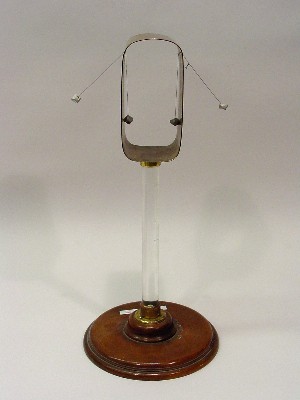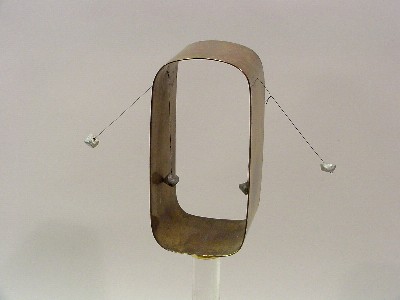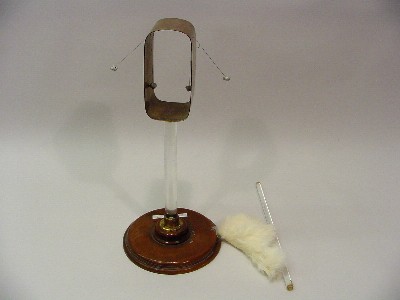|
Size: 956
Comment:
|
← Revision 6 as of 2013-07-12 18:18:54 ⇥
Size: 1114
Comment: converted to 1.6 markup
|
| Deletions are marked like this. | Additions are marked like this. |
| Line 1: | Line 1: |
| #acl reardon:read,write,delete,revert,admin FacultyGroup:read,write All:read | |
| Line 3: | Line 4: |
| Gauss's law apparatus located in [:ElectrostaticsCabinet:Electrostatics Cabinet], B1. | {{attachment:GaussLaw5B2034-1.jpg}} |
| Line 5: | Line 6: |
| Charge producers (rods and fur) located in [:ElectrostaticsCabinet:Electrostatics Cabinet], A1. | Gauss's law apparatus located in [[ElectrostaticsCabinet|Electrostatics Cabinet]], B1. Charge producers (rods and fur) located in [[ElectrostaticsCabinet|Electrostatics Cabinet]], A1. |
| Line 13: | Line 16: |
| attachment:GaussLaw5B2034.jpg | |
| Line 15: | Line 17: |
| [:ElectricFieldsAndPotential:Electric Fields and Potential] | ||{{attachment:GaussLaw5B2034-2.jpg}}||{{attachment:GaussLaw5B2034-3.jpg}}|| |
| Line 17: | Line 19: |
| [:Demonstrations:Demonstrations] | |
| Line 19: | Line 20: |
| [:Instructional:Home] | [[ElectricFieldsAndPotential|Electric Fields and Potential]] [[Demonstrations]] [[Instructional|Home]] |
Gauss's Law 5B20.34

Gauss's law apparatus located in Electrostatics Cabinet, B1.
Charge producers (rods and fur) located in Electrostatics Cabinet, A1.
Rub rod with fur and touch it to brass surface (note charge on rod is not mobile, so scrape rod along edge of brass surface to get as much charge as possible to transfer to brass).
The two pith balls attached to the outside of the brass should be repelled from the brass, while the two pith balls attached to the inside of the brass should not.
Note: sometimes the outside pith balls stick to the brass because of induced charge distribution (ie the pith balls are not in good electrical contact with the brass). Sometimes blowing on them gently can resolve the situation.
|
|

